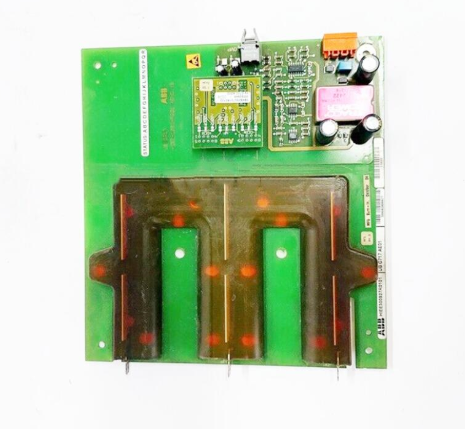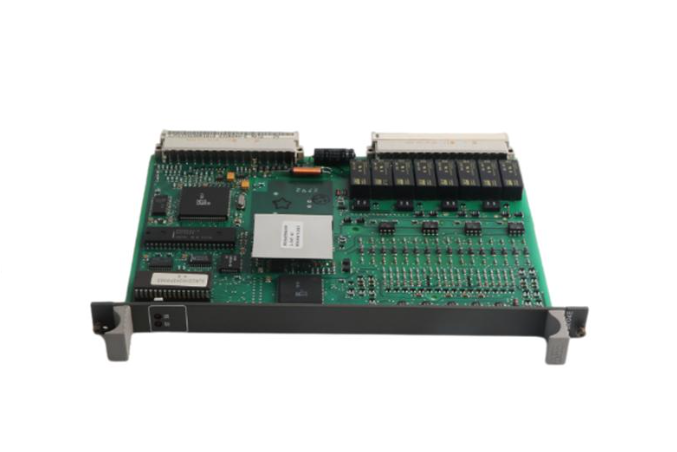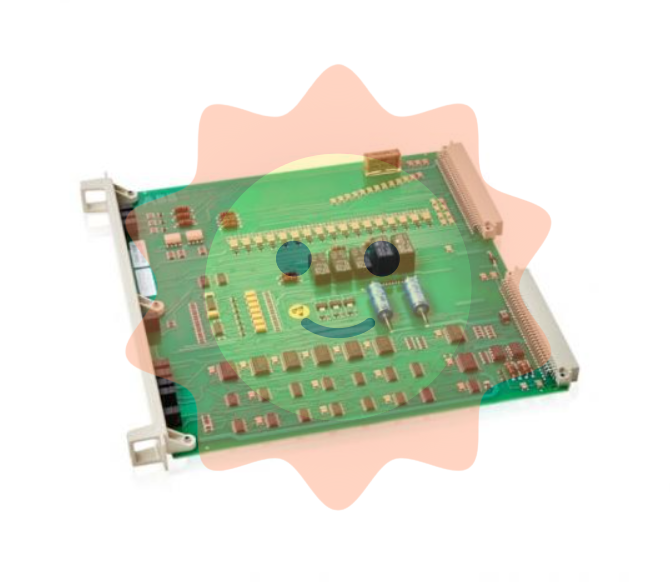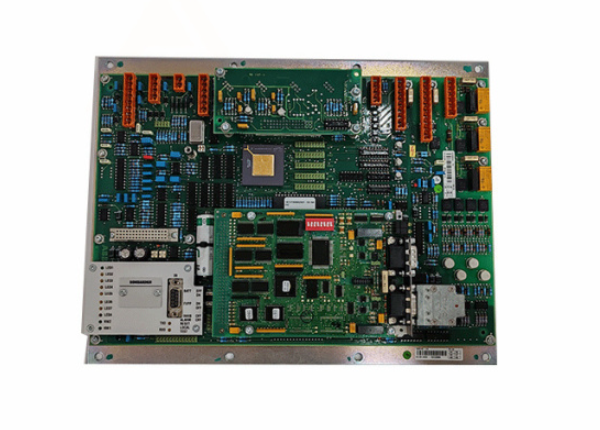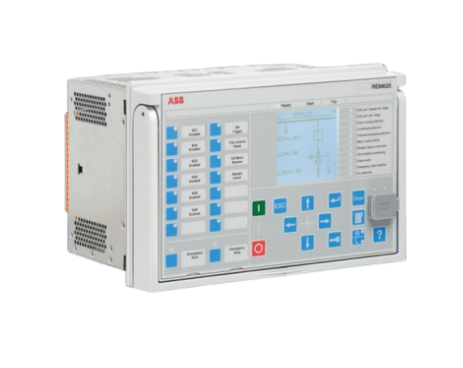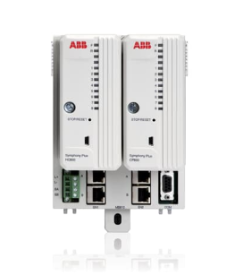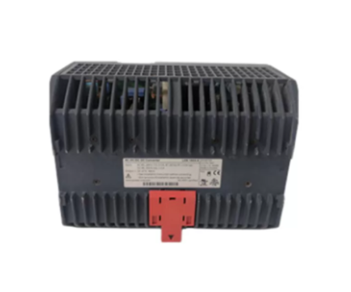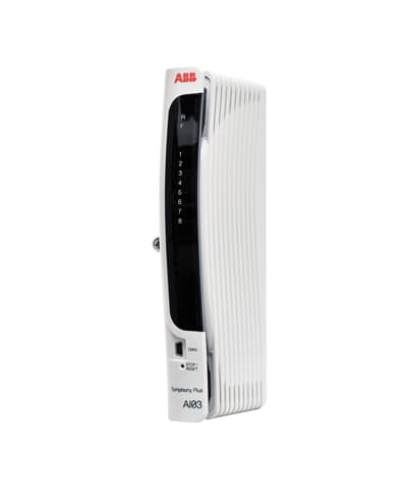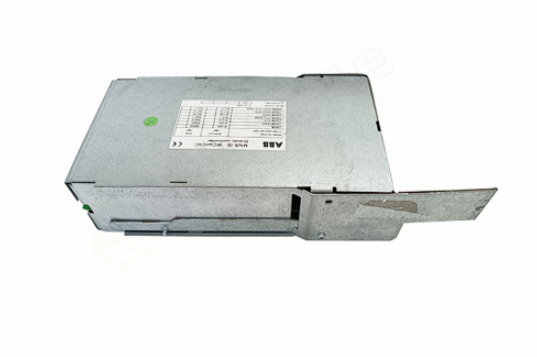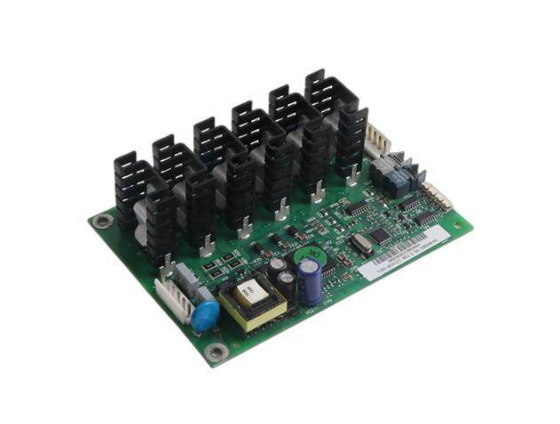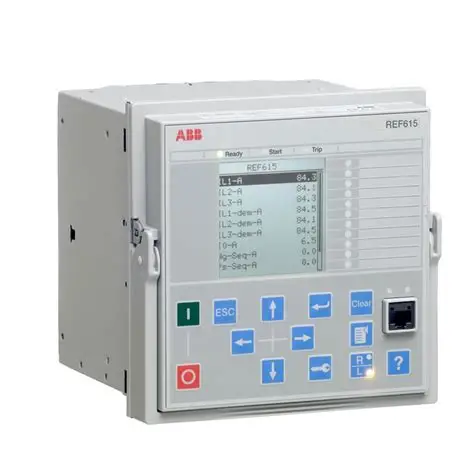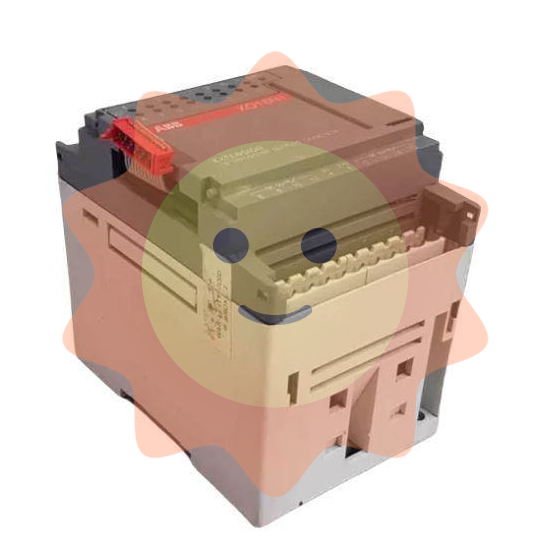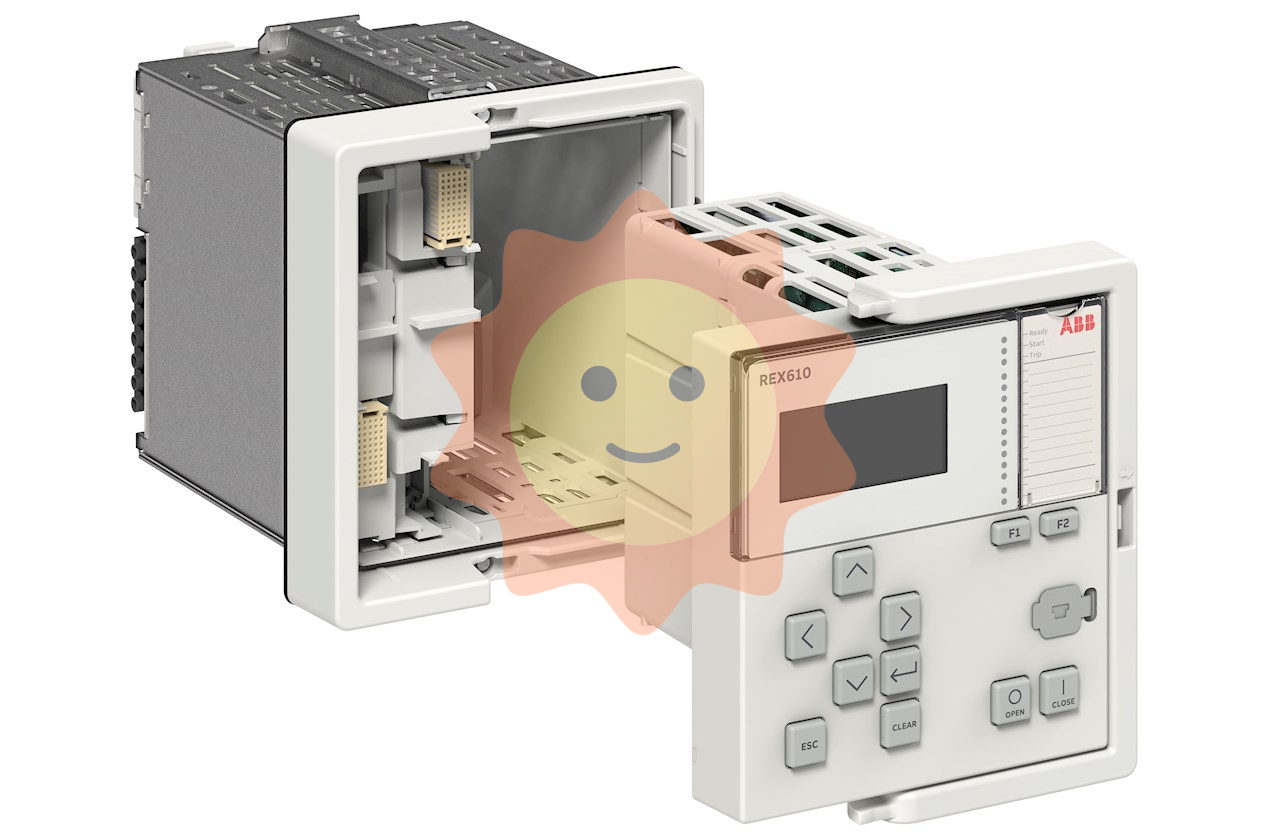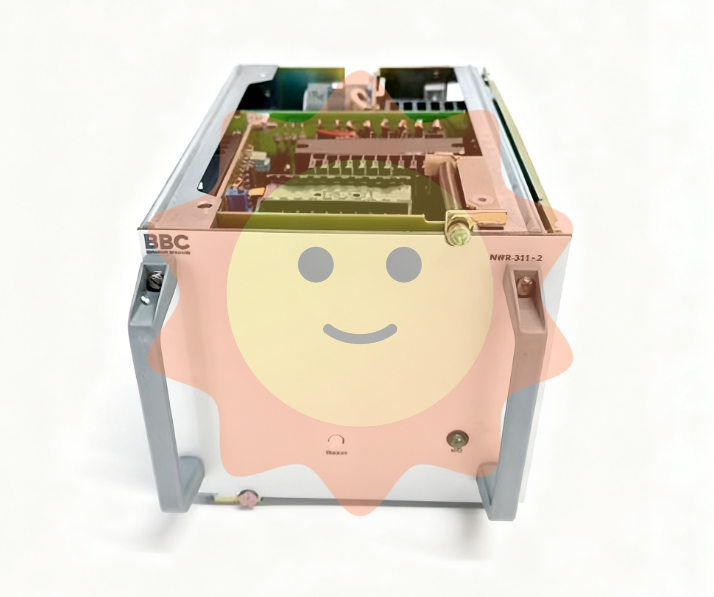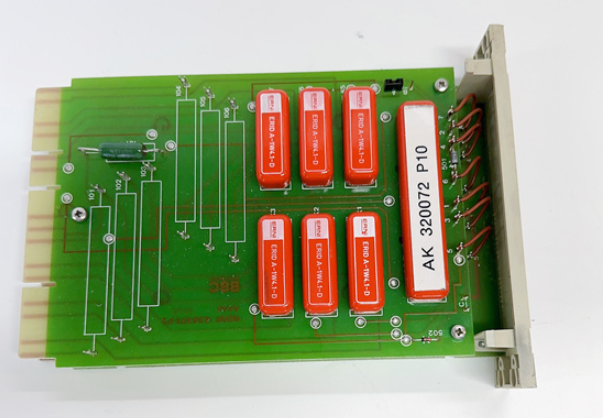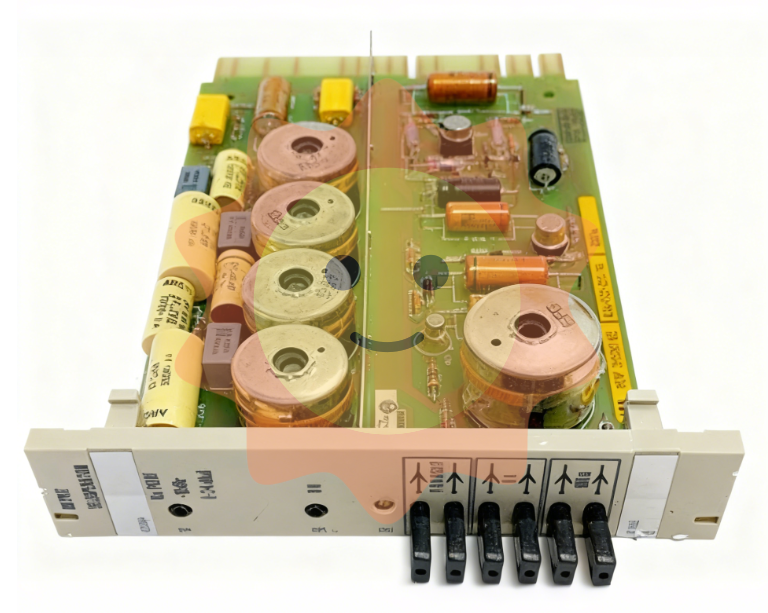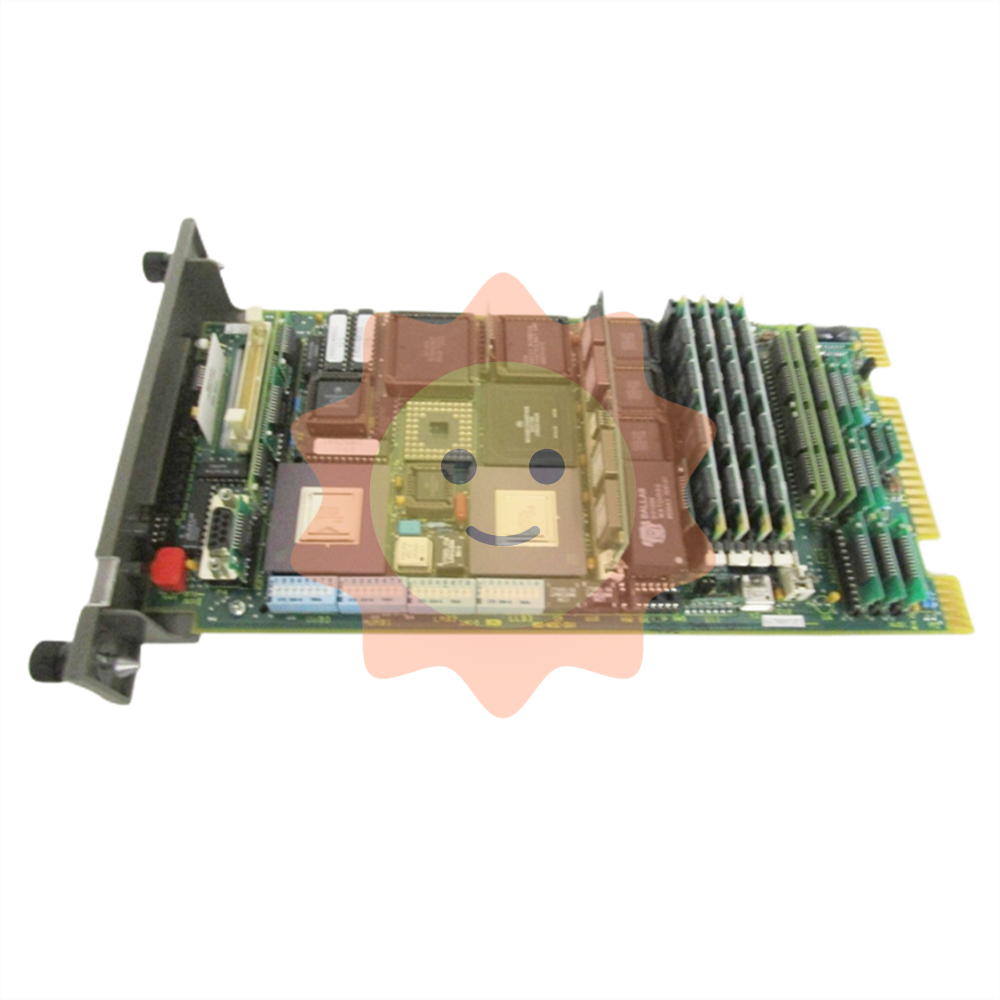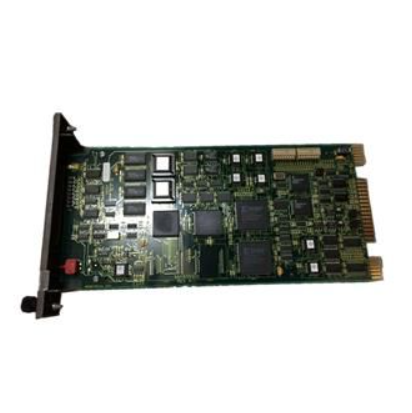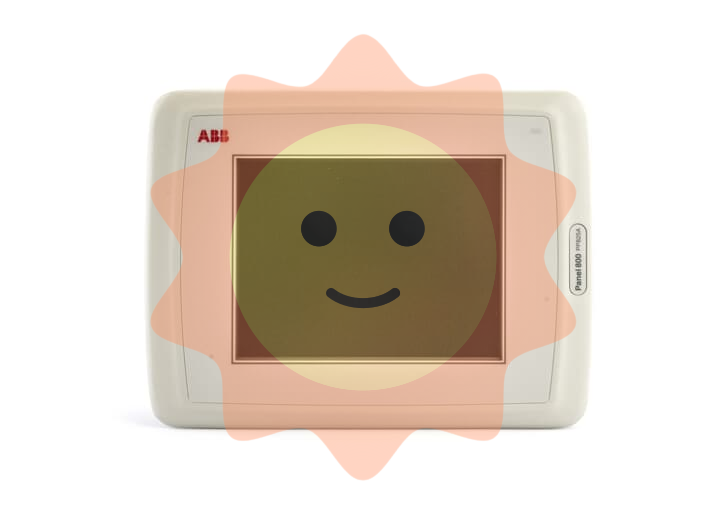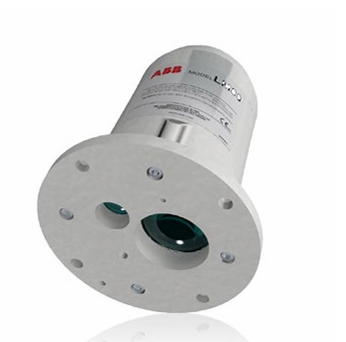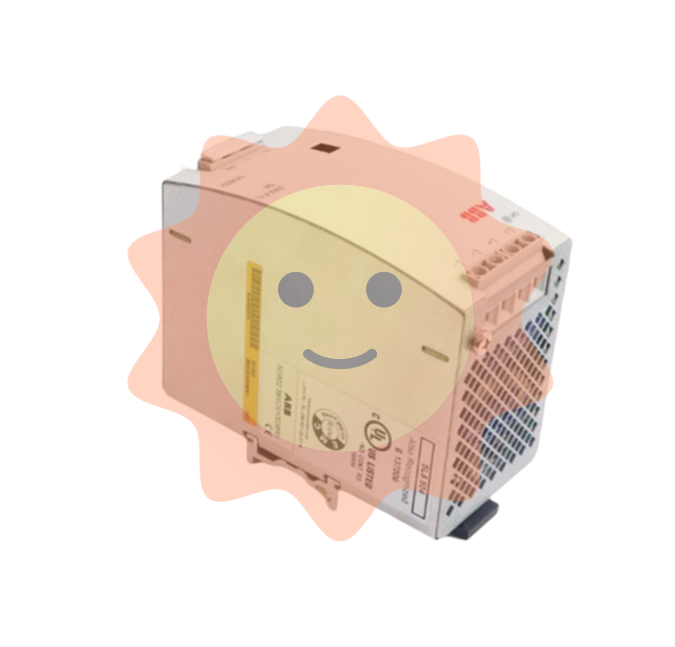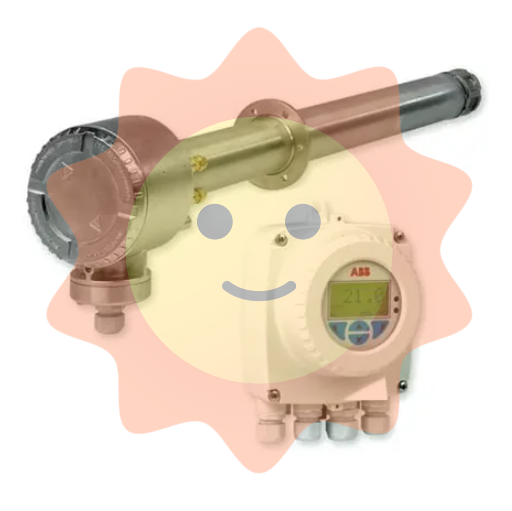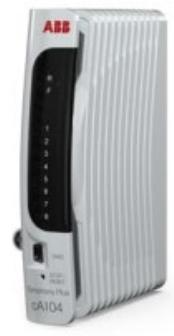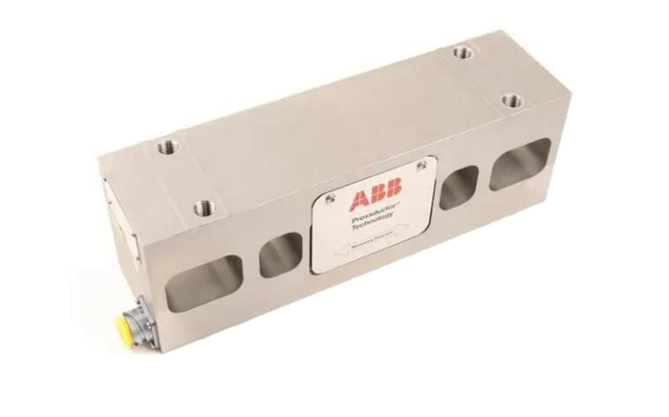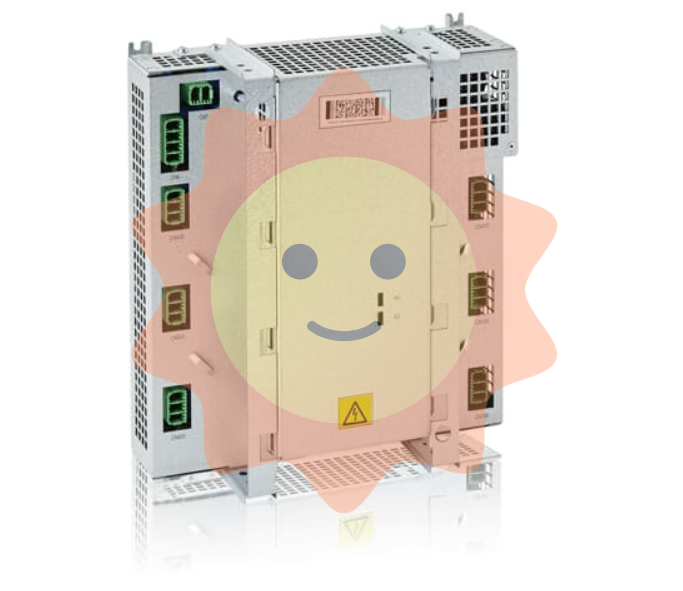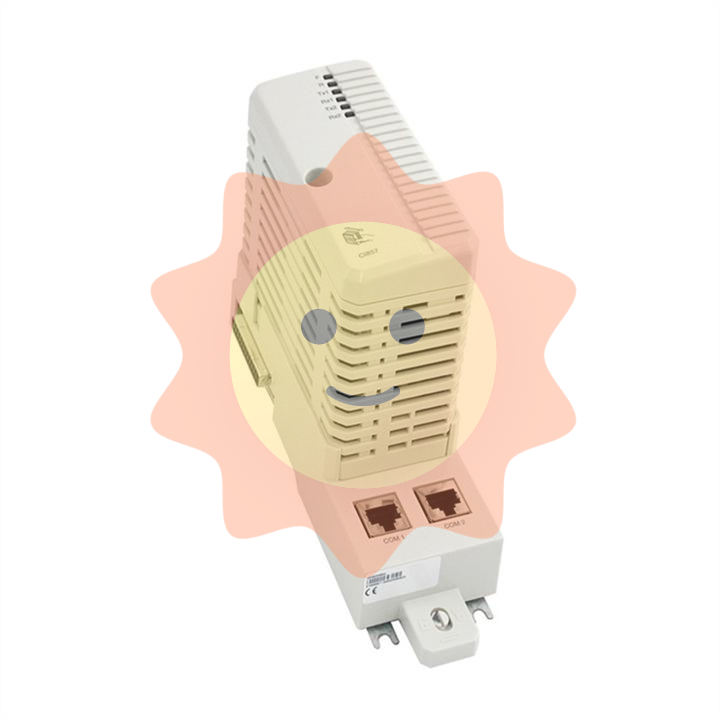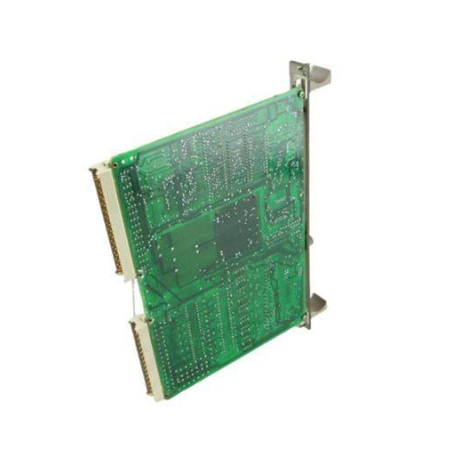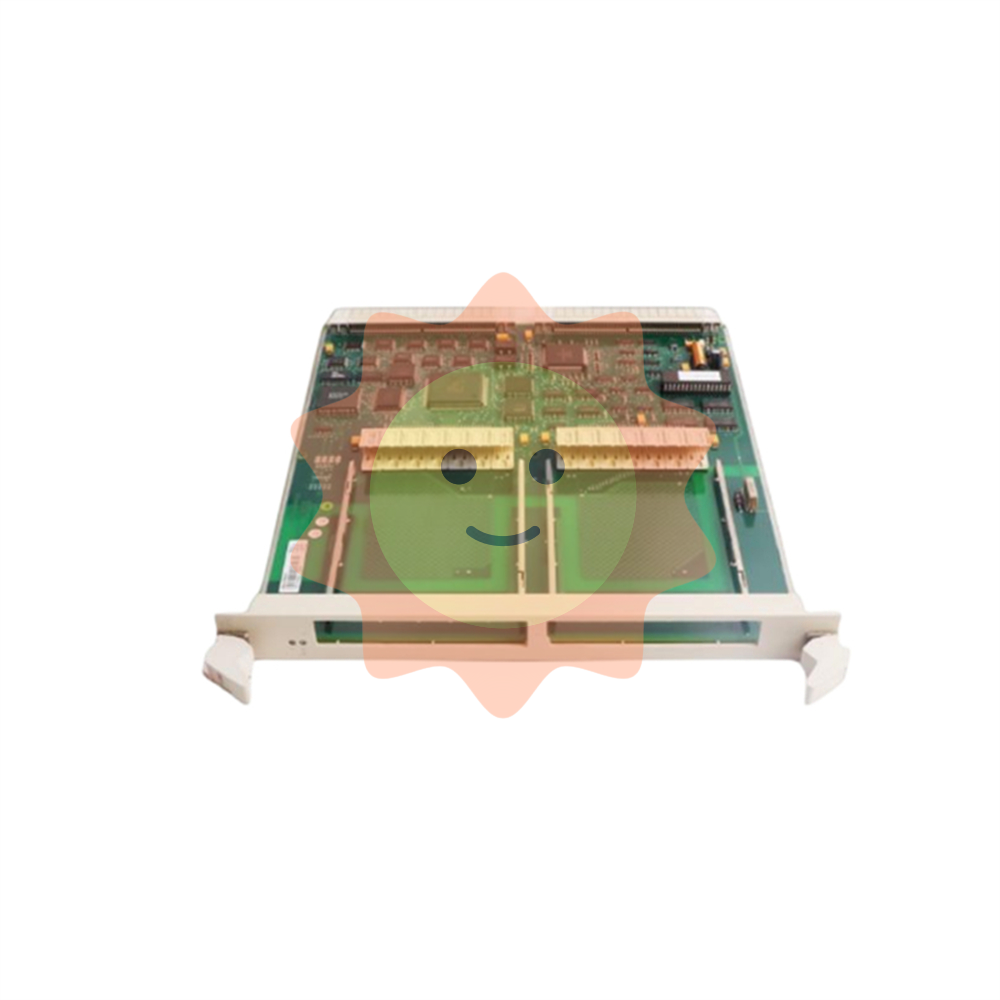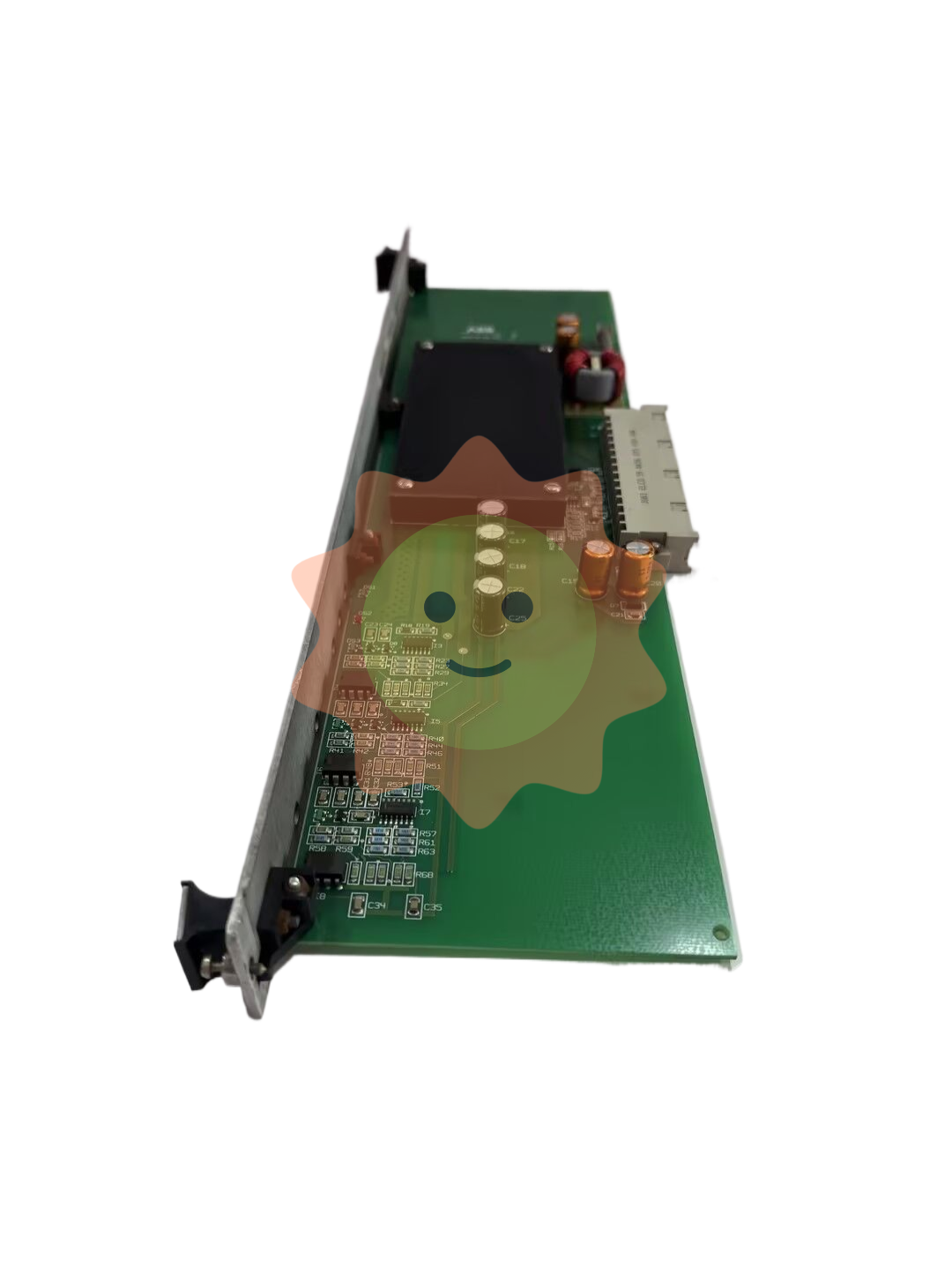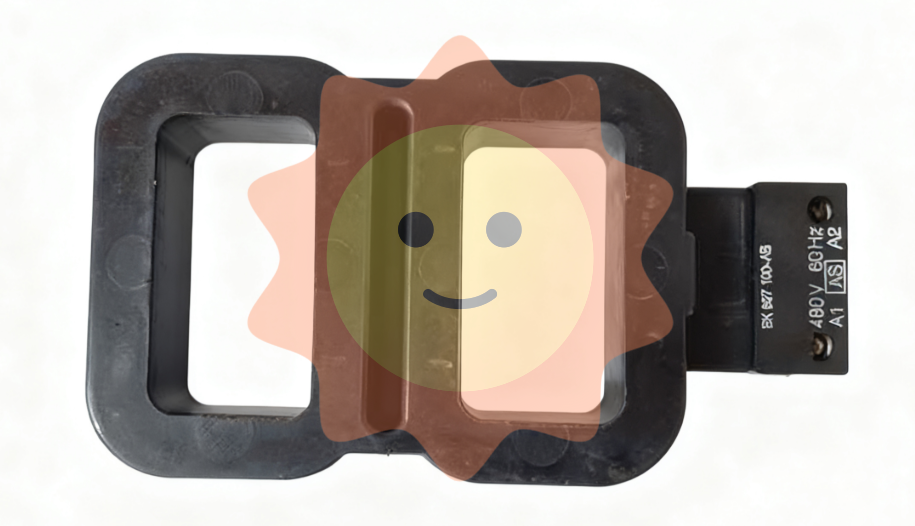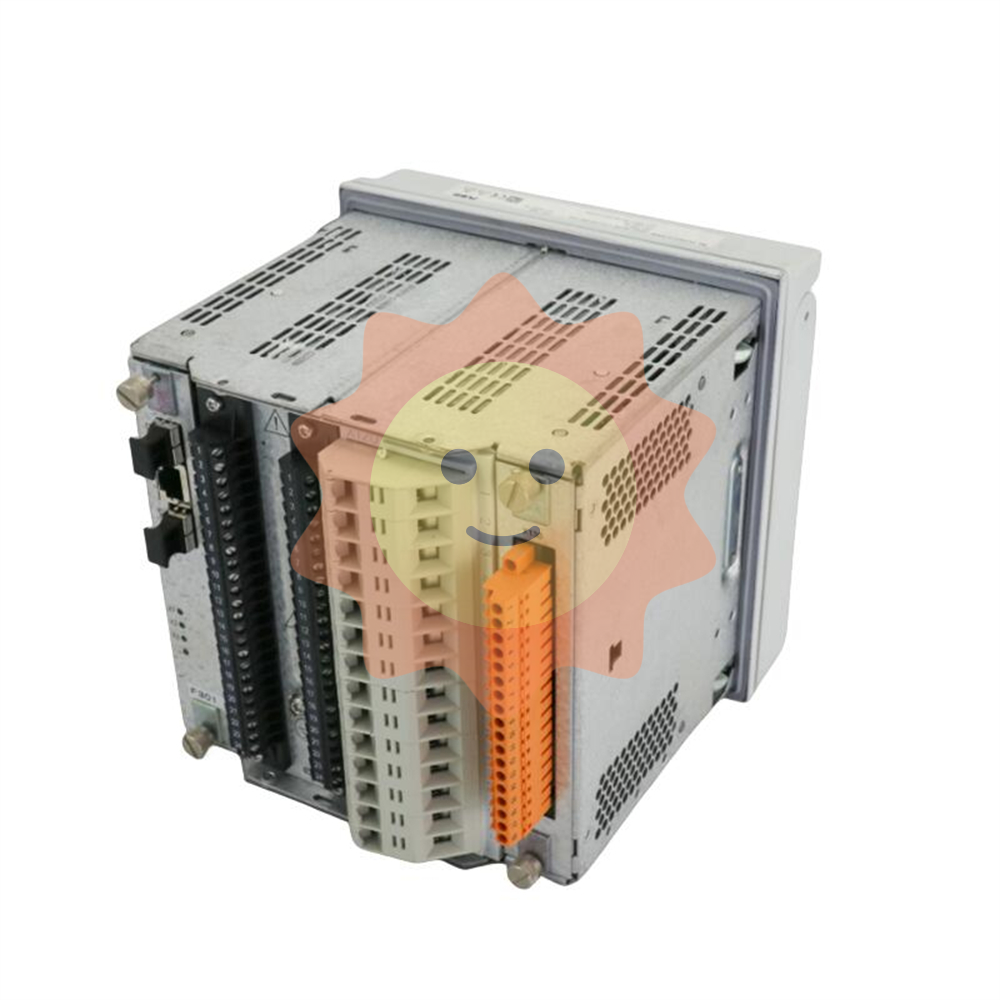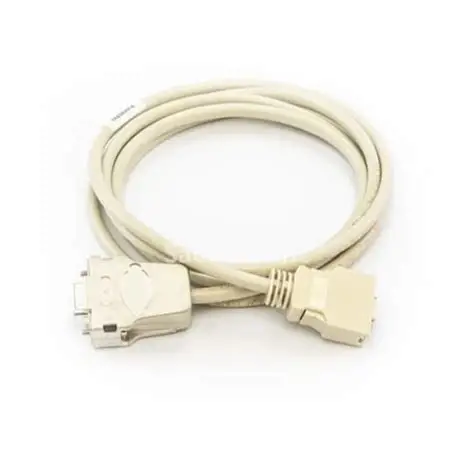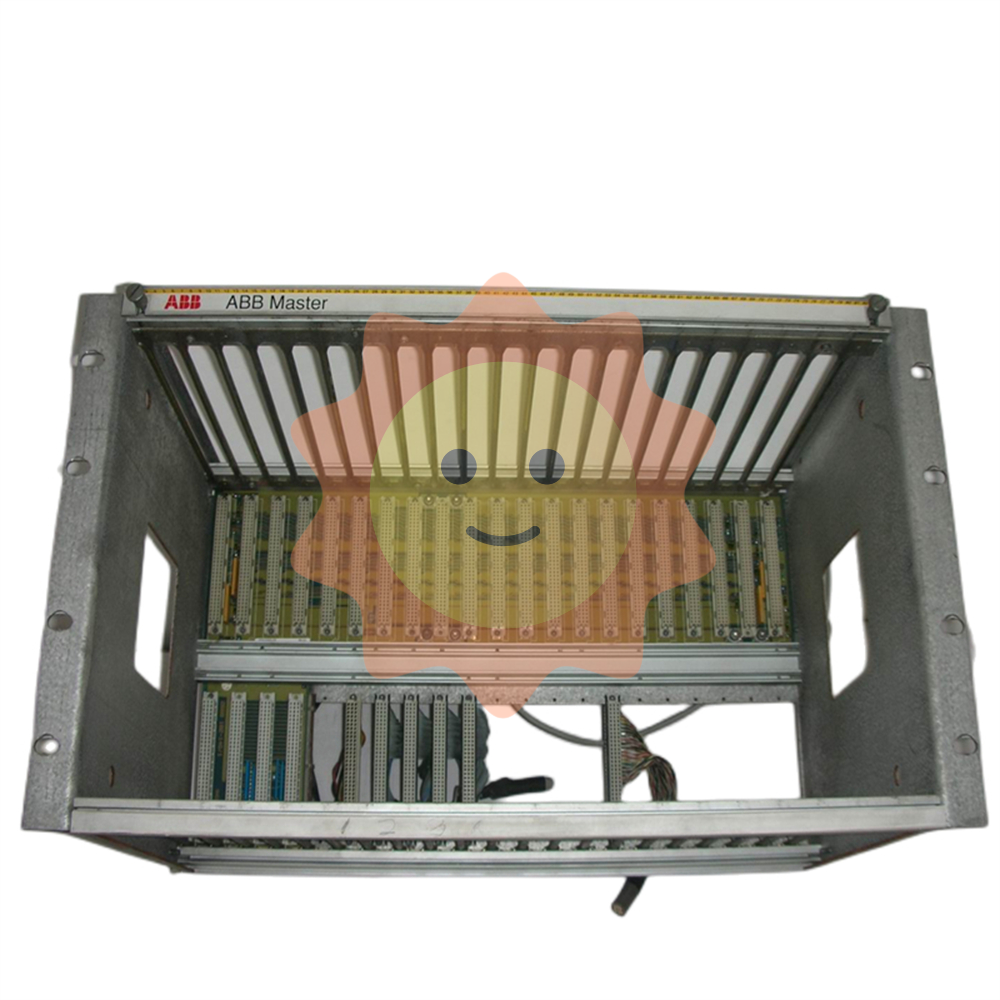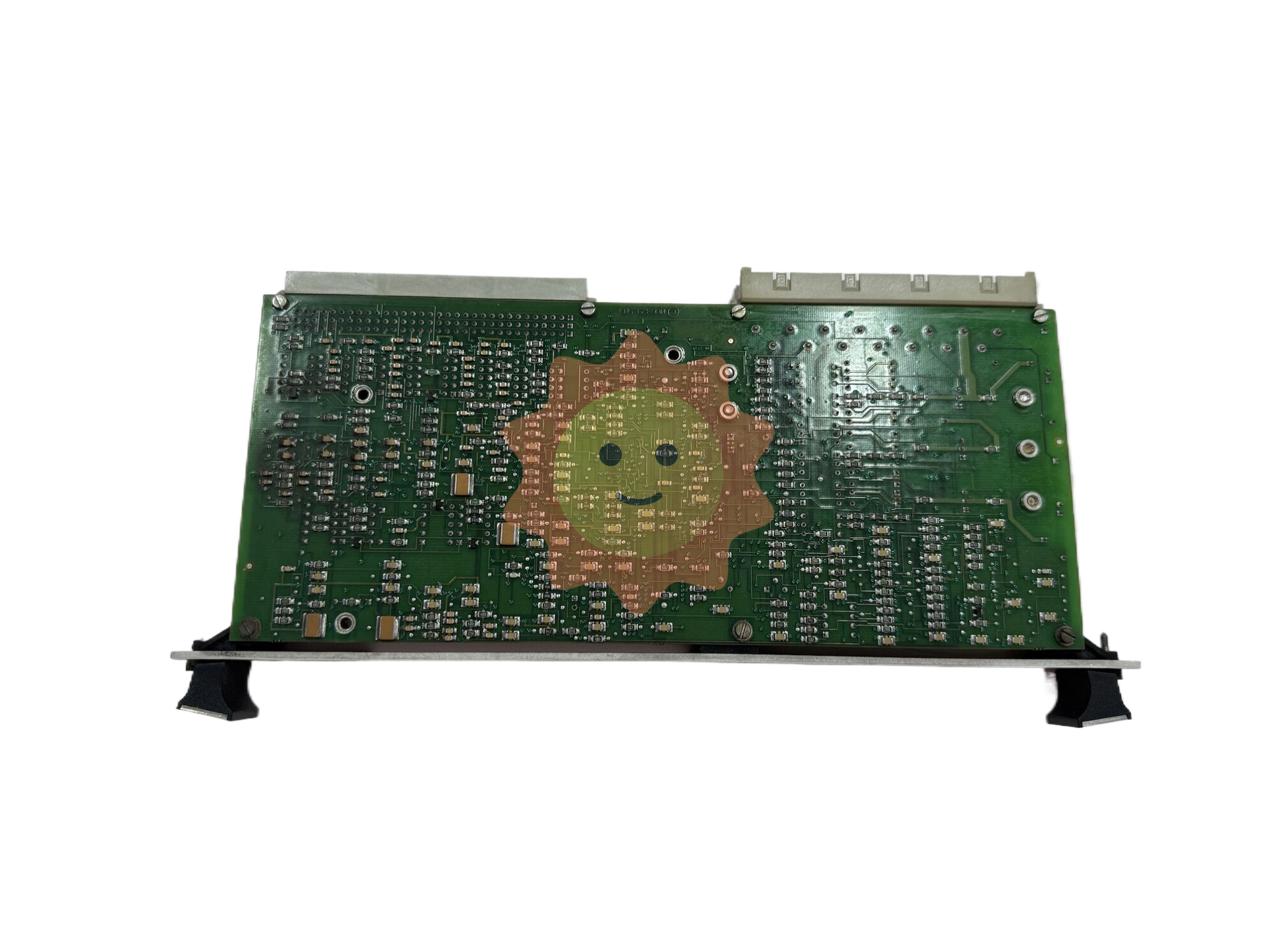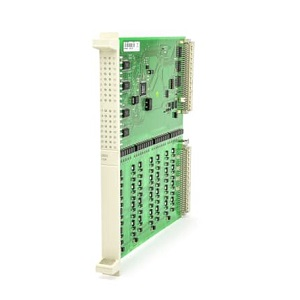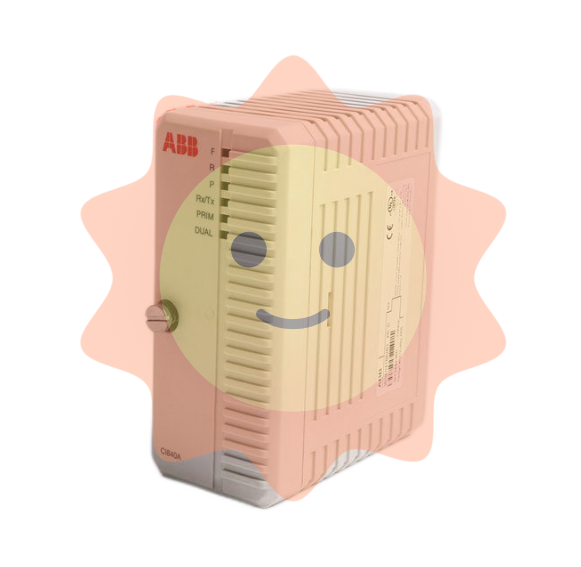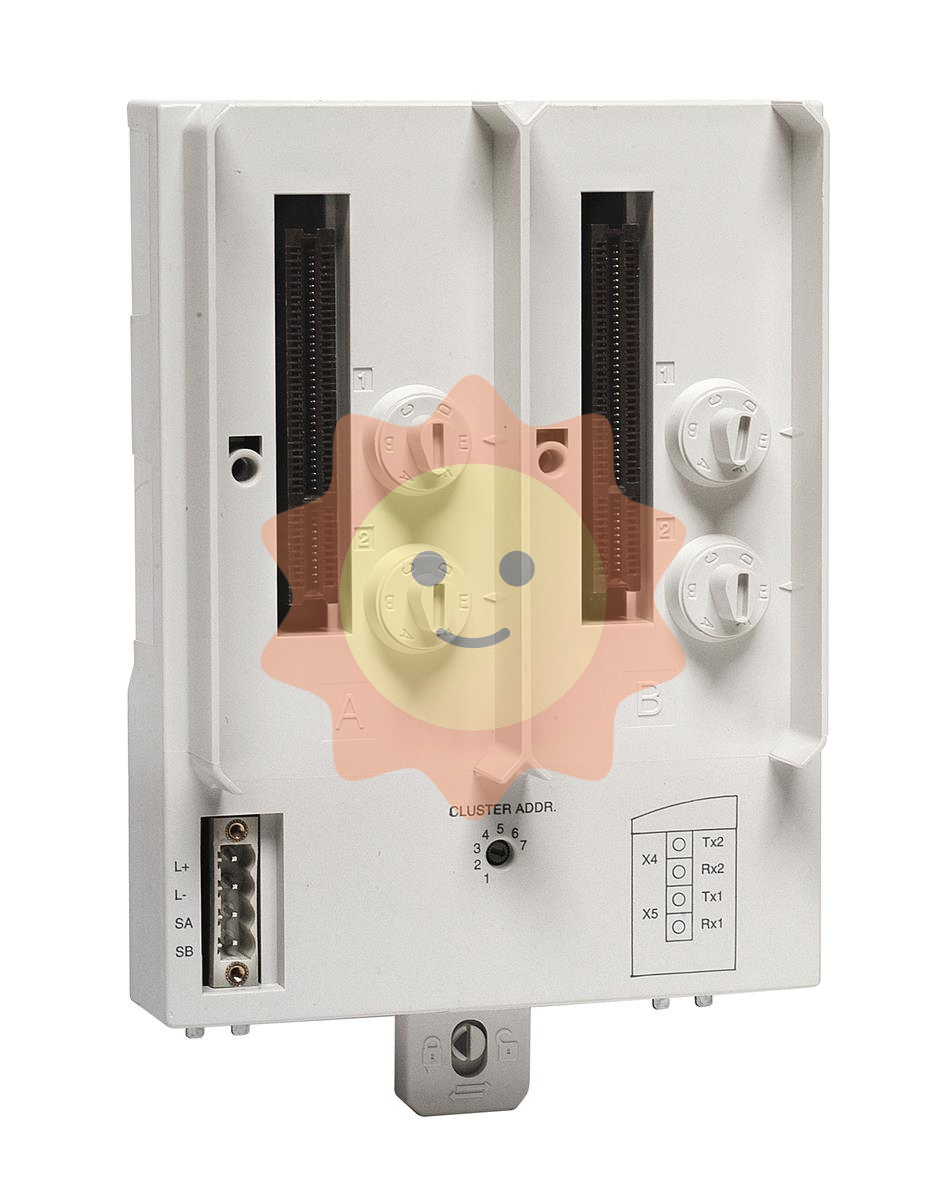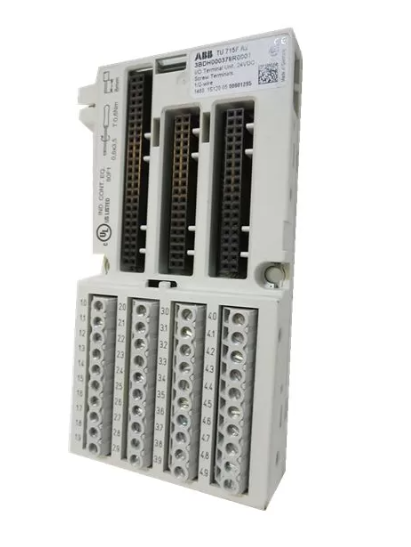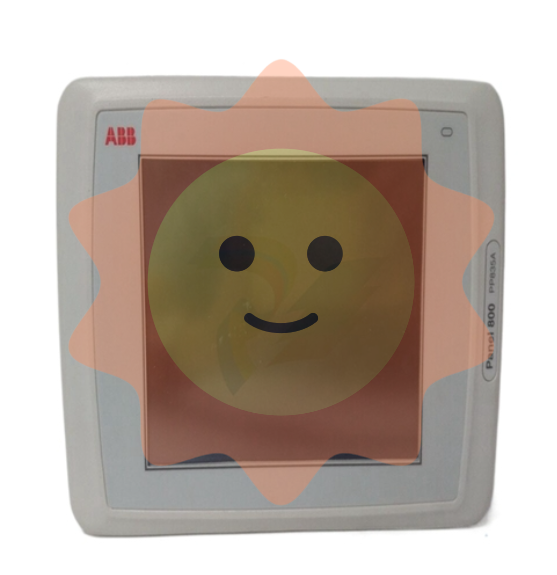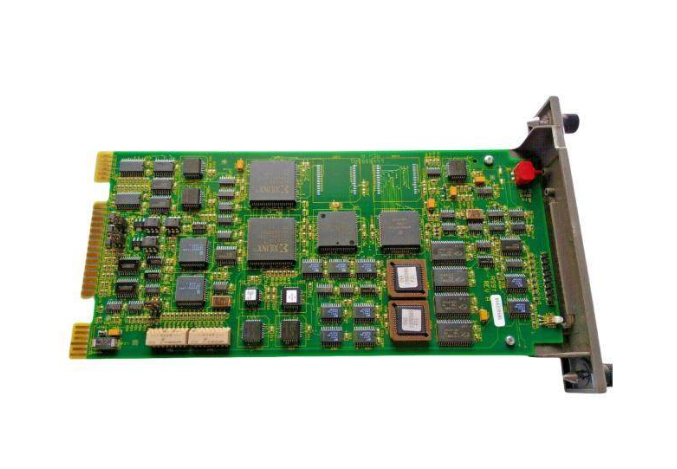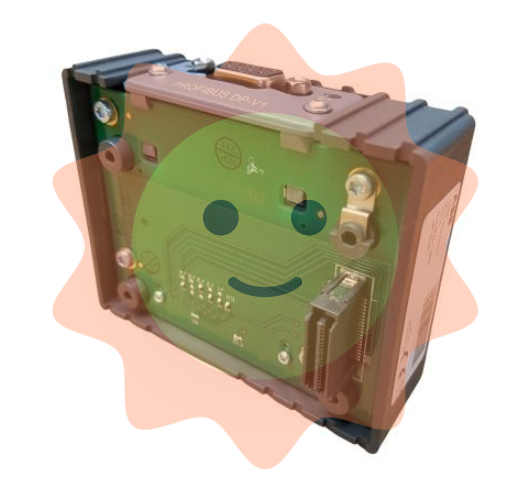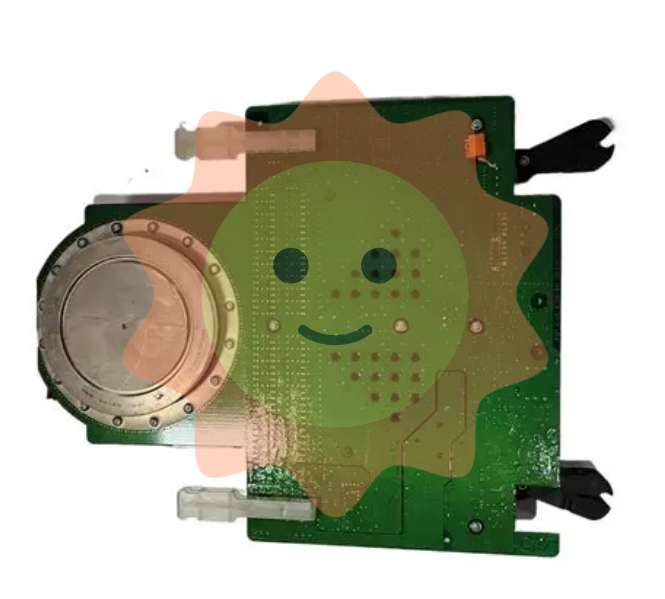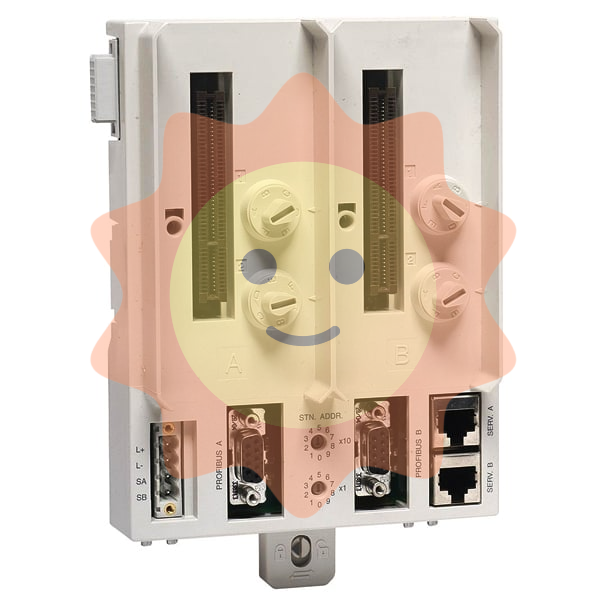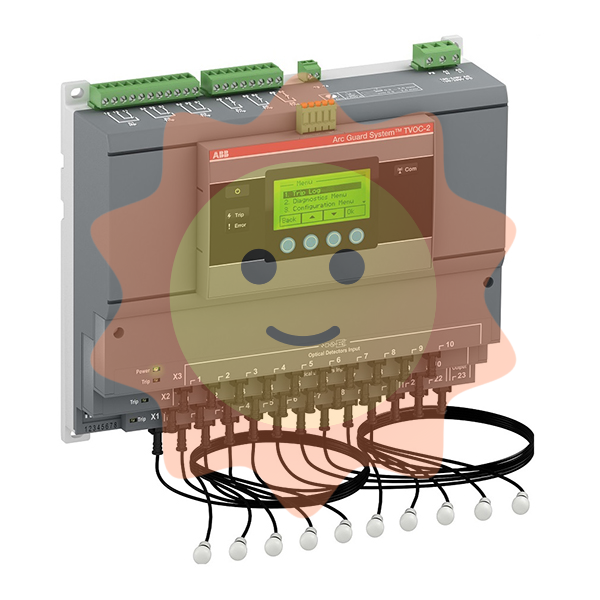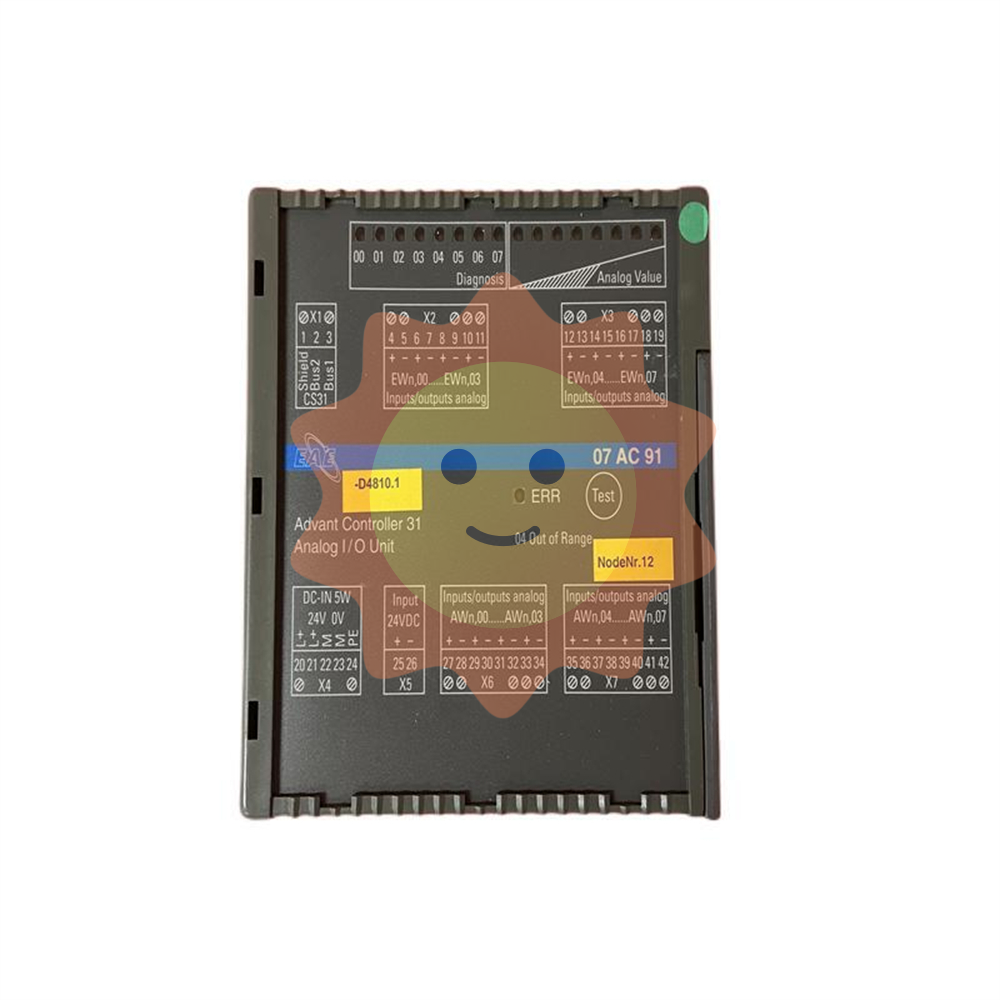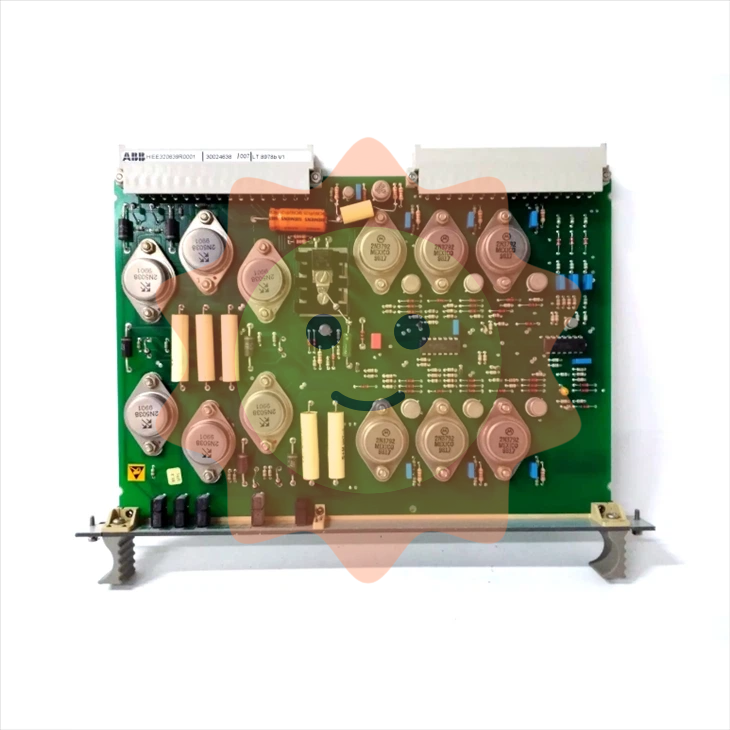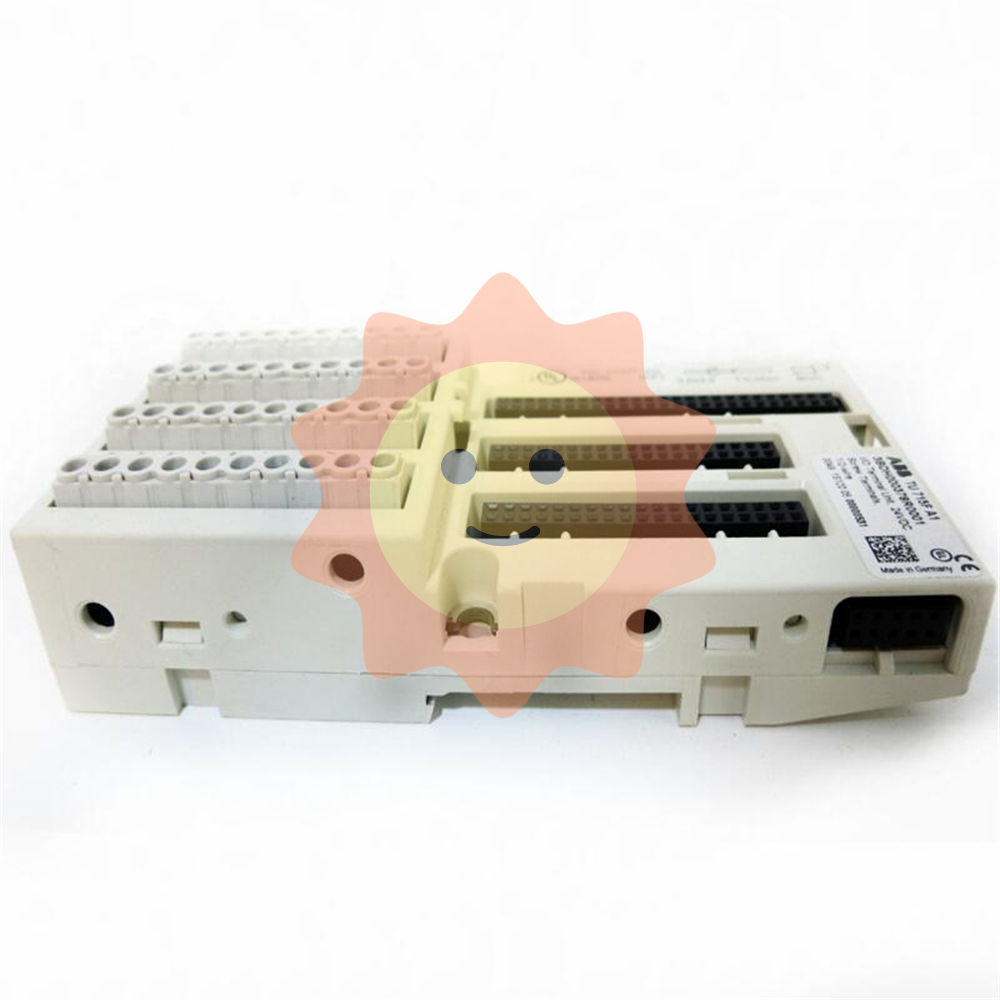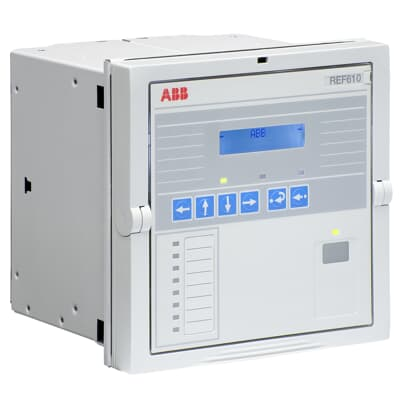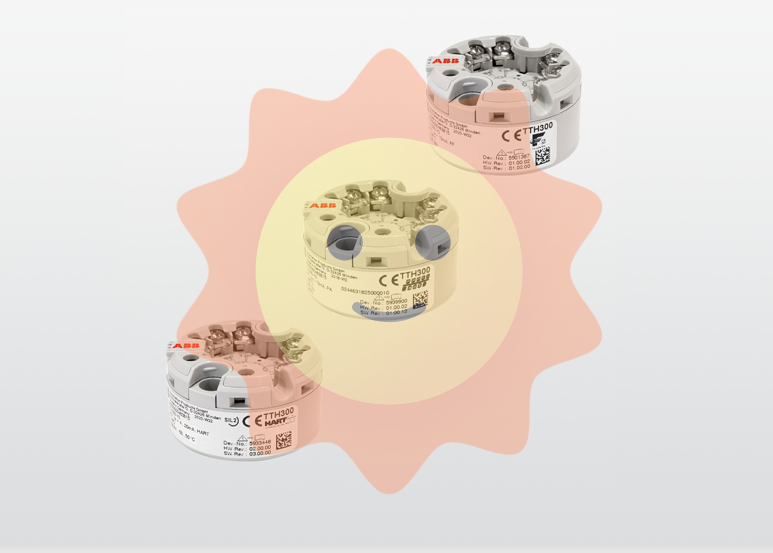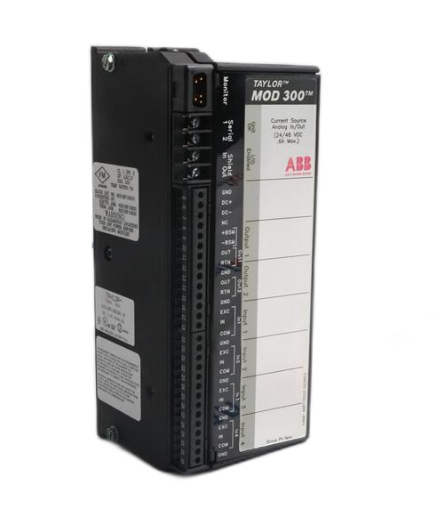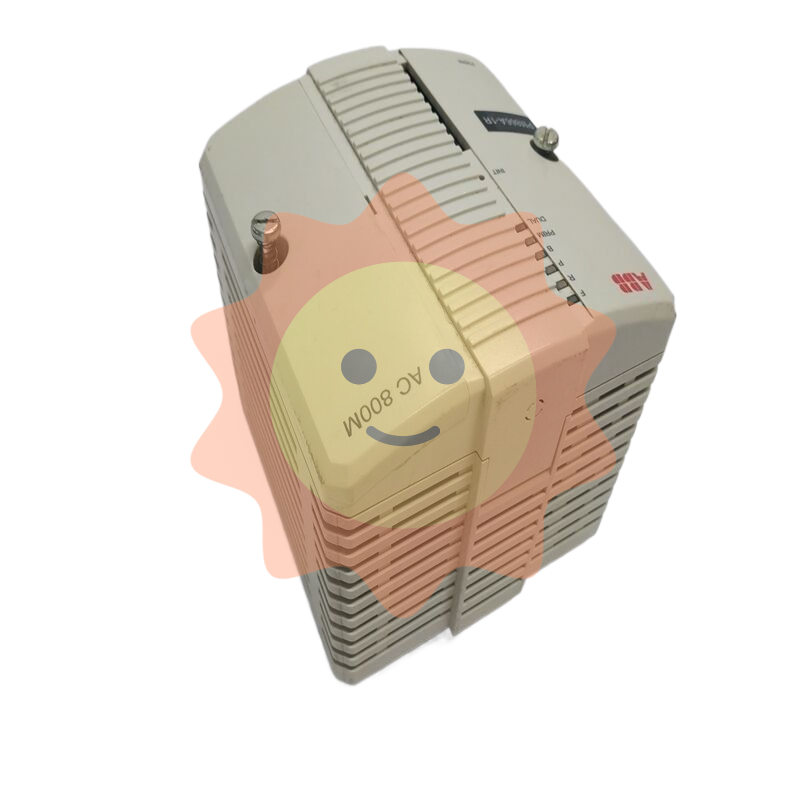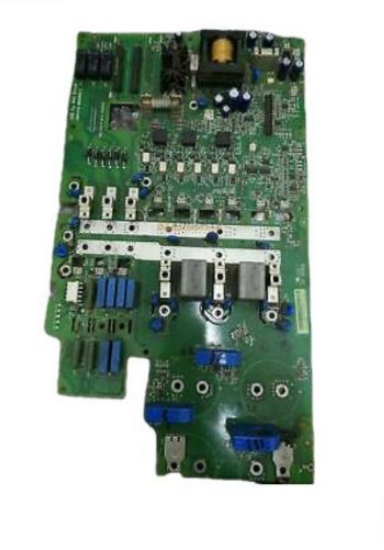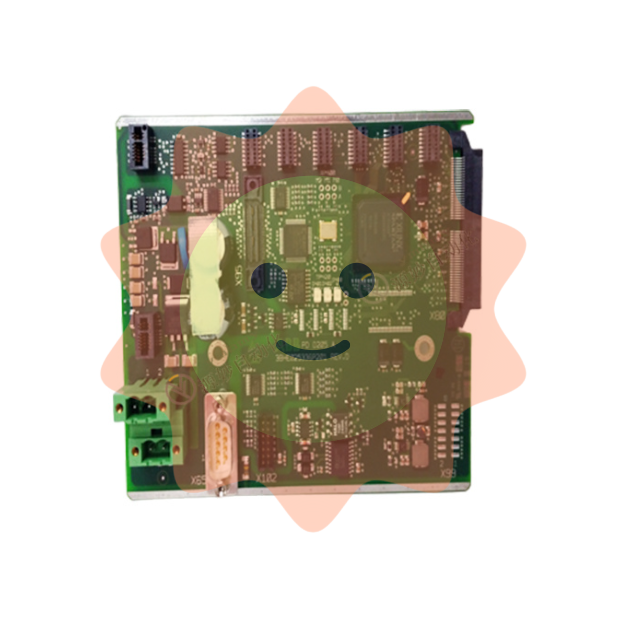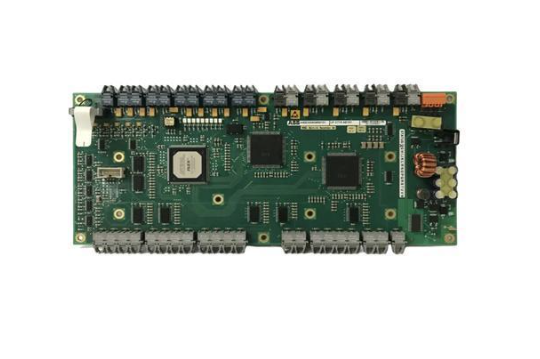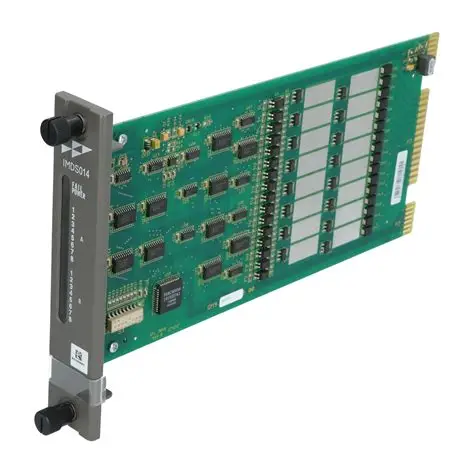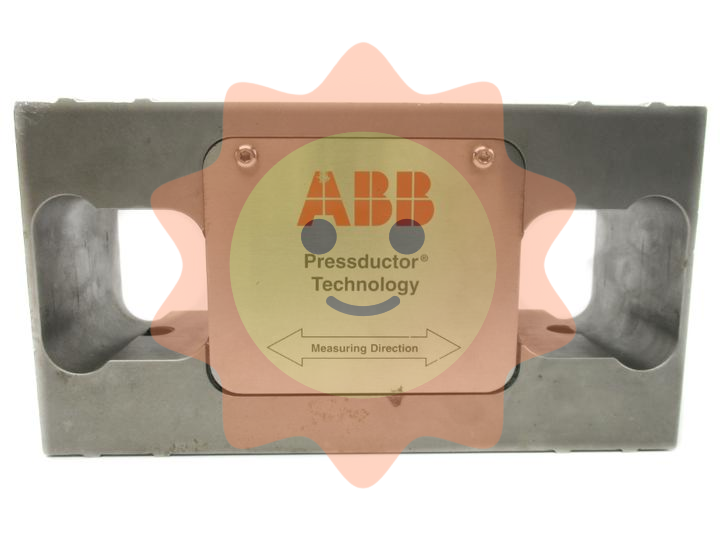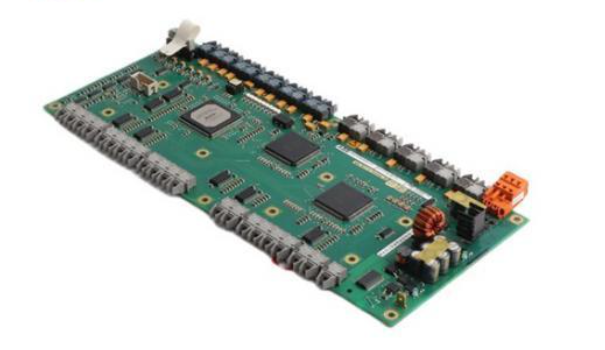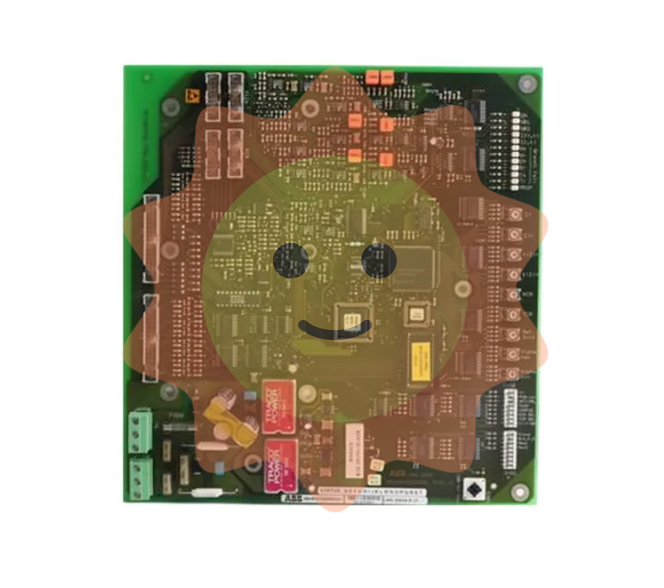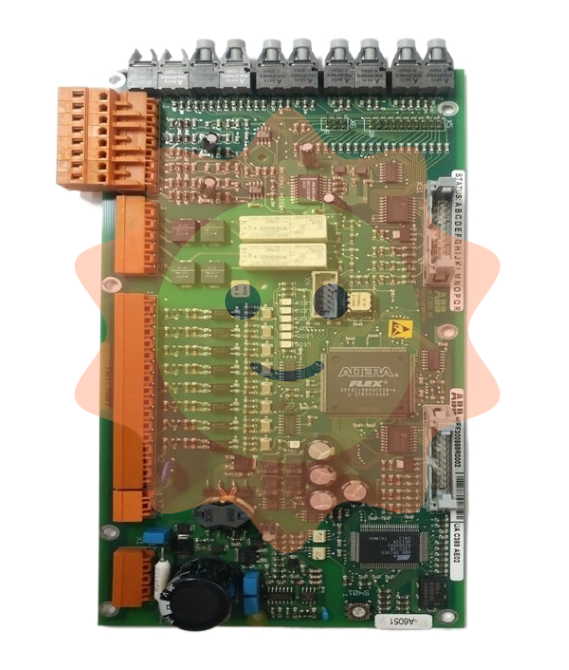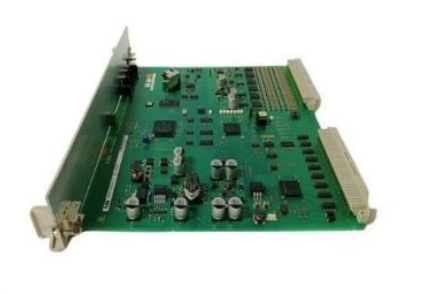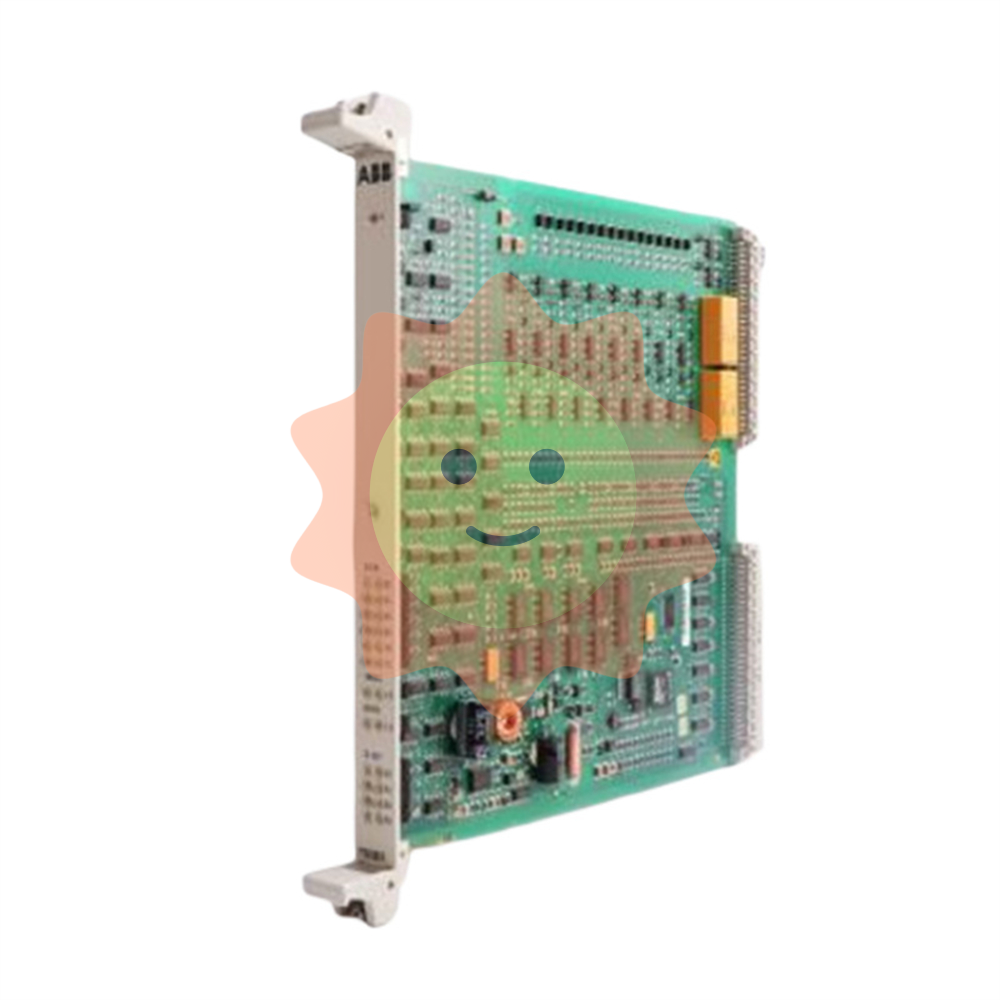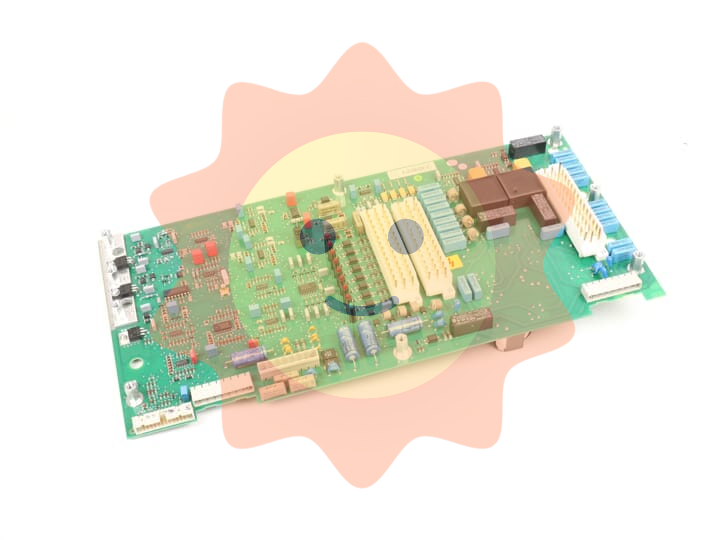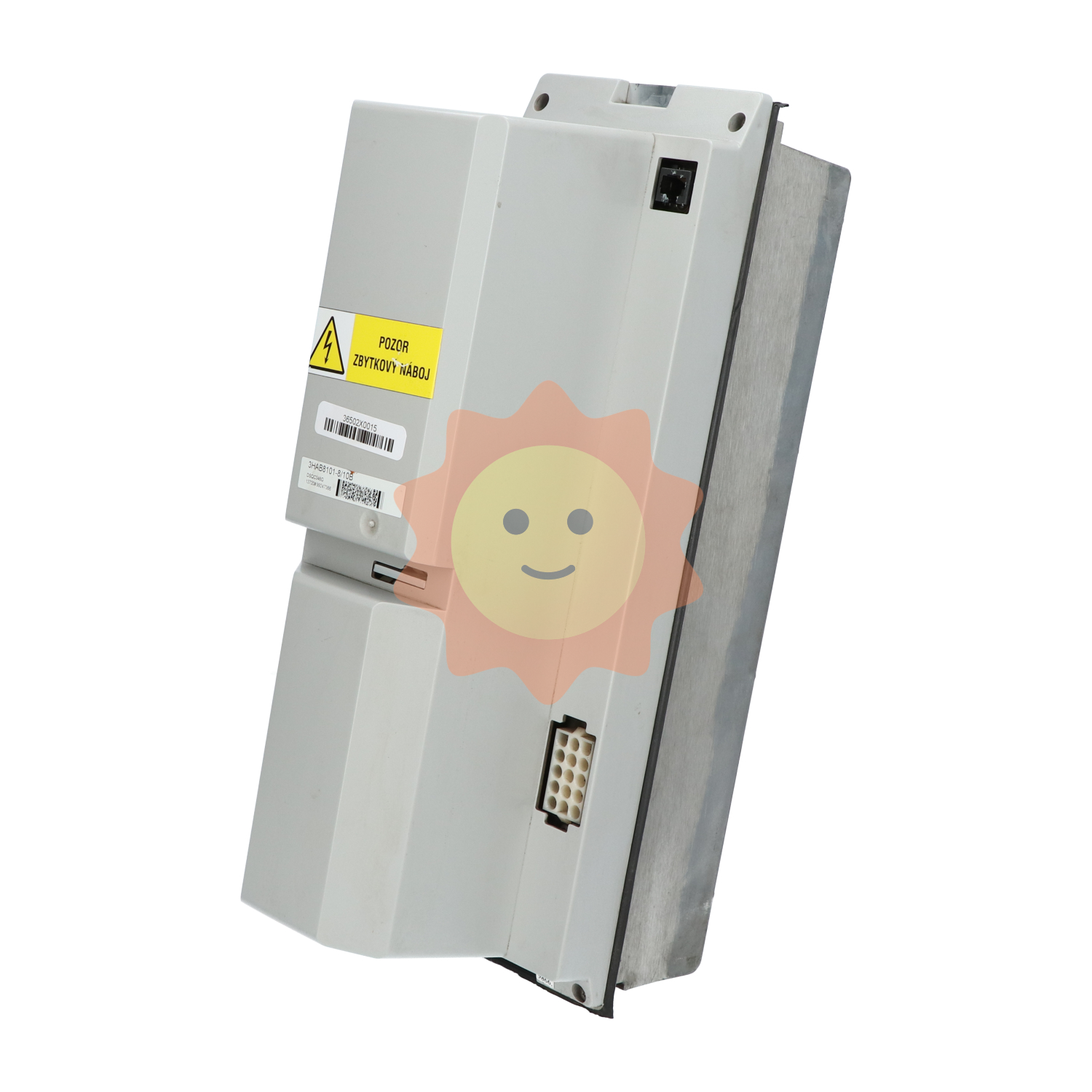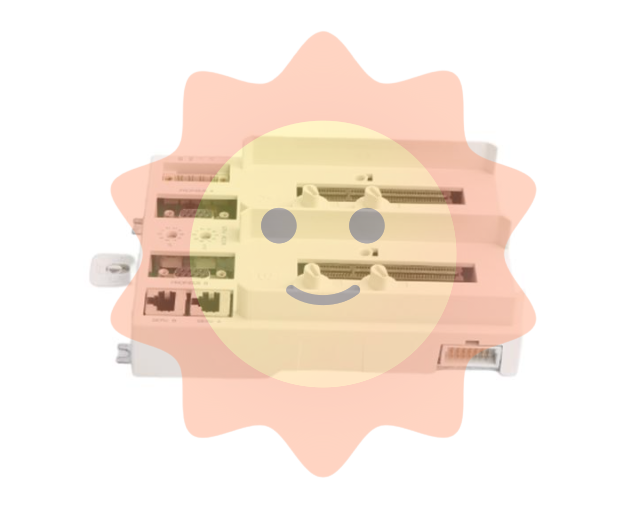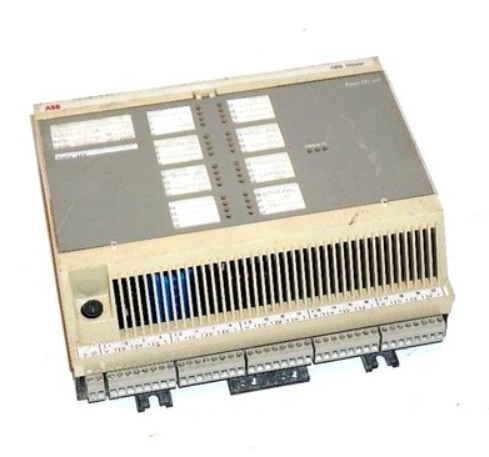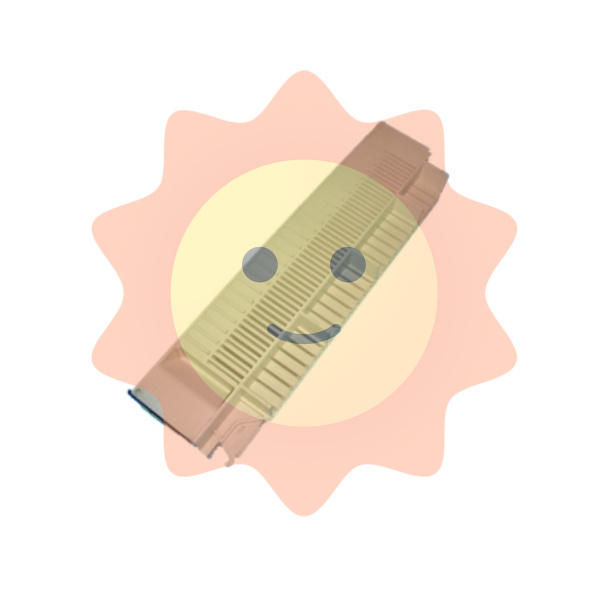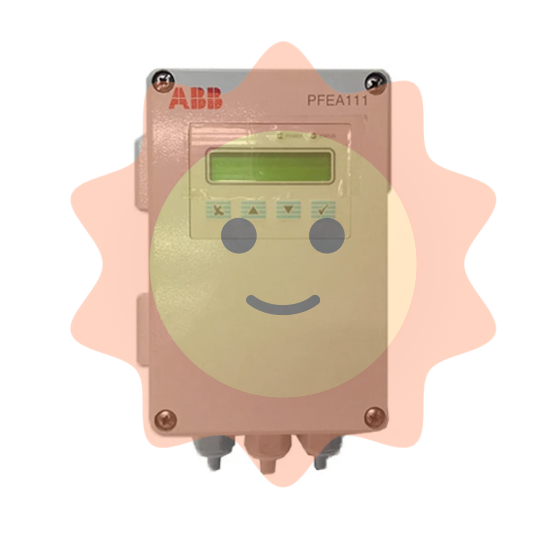Water treatment mode
Basic explanation:
Water treatment refers to the physical and chemical measures taken to make the water quality reach a certain standard for use. Minimum standards for drinking water are set by the environmental protection department. Industrial water use has its own requirements. Water temperature, color, transparency, smell, taste and other physical characteristics are the basic standards to judge the quality of water. The chemical characteristics of water, such as its pH, dissolved solids concentration and oxygen content, are also important criteria for judging water quality. For example, the concentration of total dissolved solids in some grassland natural water is as high as 1000 mg/l, while Canada stipulates that the concentration of total dissolved solids in drinking water should not exceed 500 mg/L, and many industrial water also requires that the concentration should not be higher than 200 mg/L. This water, even if its physical properties meet the requirements, can not be used casually. In addition, the content of radioactive elements from nature, nuclear accidents and nuclear power plants is also an important characteristic that must be monitored.

Water treatment purpose:
The purpose of water treatment is to improve the quality of water so that it meets certain water quality standards. According to the different treatment methods, there are physical water treatment, chemical water treatment, biological water treatment and so on. According to the different treatment objects or purposes, there are two categories of water treatment and wastewater treatment. Water supply treatment includes drinking water treatment and industrial water treatment. Wastewater treatment is divided into domestic sewage treatment and industrial wastewater treatment. Among them, it is particularly closely related to thermal technology, which belongs to the scope of industrial water treatment, boiler feed water treatment, make-up water treatment, steam turbine main condensate water treatment and circulating water treatment. Water treatment plays an important role in developing industrial production, improving product quality, protecting human environment and maintaining ecological balance.
Water treatment method:
Water treatment includes: sewage treatment and drinking water treatment, and some places also divide sewage treatment into two types, namely sewage treatment and water reuse. Often used water treatment agents are: polyaluminum chloride, polyaluminum chloride iron, basic aluminum chloride, polyacrylamide, activated carbon and various filter media.
The effectiveness of water treatment can be measured by water quality standards.
The processing of raw water (raw water) in order to meet the quality requirements of finished water (domestic water, production water or dischargeable wastewater).
When raw water is processed for domestic or industrial use, it is called water supply treatment;
When processing wastewater, it is called wastewater treatment. The purpose of wastewater treatment is for the discharge of wastewater (into water bodies or land) or for reuse (see wastewater disposal, wastewater reuse).
In the recycling water system and the recycling treatment of water, the raw water is the wastewater, the finished water is the water, and the processing process has the nature of both water supply treatment and wastewater treatment. Water treatment also includes the treatment and final disposal of wastewater and sludge generated during the treatment process (see sludge treatment and disposal), and sometimes the treatment and discharge of exhaust gases. Water treatment methods can be summarized into three ways: (1) The most commonly used is to obtain the required water quality by removing some or all impurities in the raw water; ② By adding new components to the raw water, the required water quality is obtained later through physical or chemical reactions; The processing of raw water does not involve the removal of impurities or the addition of new ingredients.
Impurities in water and treatment methods Impurities in water include coarse substances, suspended substances, colloids and dissolved substances. Coarse materials such as water plants floating in rivers, garbage, large aquatic organisms, grit in wastewater, and large pieces of dirt. In the water supply project, the coarse impurities are removed by the facilities of the water intake structure and are not included in the scope of water treatment.

In wastewater treatment, the removal of coarse impurities generally belongs to the pretreatment part of water. Suspended solids and colloids include sediment, algae, bacteria, viruses, and insoluble substances that are present in water and produced during water treatment. Dissolved substances include inorganic salts, organic compounds and gases. There are many treatment methods for removing impurities from water, and the scope of application of the main methods can be roughly divided by the particle size of the impurities (Figure 1). Because the impurities contained in the raw water and the impurities allowed in the finished water differ greatly in type and concentration, the water treatment process also varies greatly.
As far as domestic water (or urban public water supply) is concerned, raw water from high-quality water sources (well water or well-protected water supply reservoirs) only needs to be disinfected to become finished water; Raw water from general rivers or lakes should first be removed from muddy impurities such as sediment, and then disinfected; For raw water with serious pollution, organic matter and other pollutants need to be removed. Raw water containing iron and manganese (such as some well water) needs to be removed. Domestic water can meet the water quality requirements of general industrial water, but industrial water sometimes needs further processing, such as softening, desalt and so on.
When the water quality requirements of wastewater discharge or reuse are low, only coarse impurities and suspended matter need to be removed by screening and precipitation (often called primary treatment); When organic matter is required to be removed, biological treatment (often called secondary treatment) and disinfection are generally adopted after primary treatment; For the wastewater after biological treatment, the treatment process is collectively referred to as tertiary treatment or advanced treatment. For example, when the water body into which the wastewater is discharged needs to prevent eutrophication, the nitrogen and phosphorus removal process is a tertiary treatment (see physicochemical treatment of water). When wastewater is used as a source of water, the quality requirements of the finished water and the corresponding processing process depend on its use. In theory, modern water treatment technology can make any high-quality finished water from any inferior water.
Related concept
Using a reasonable water treatment process, with the depth of water treatment, the treated water can reach GB5084-1992, CECS61-94 water recovery water standards, etc., can be recycled for a long time, saving a lot of water resources.
water treatment is the process of using physical, chemical, biological and other methods to improve the water quality of source water or water that does not meet the water quality requirements.

Common wastewater treatment technology Biological chemical method, such as Activated Sludge Process (Activated Sludge Process), biological stratification method (Fixed Biofilm Processes), mixed biological Processes (Combined Biological Processes) and so on; Physicochemical methods, such as Granular Media Filtration, Activated Carbon Adsorption, Chemical Precipitation, Membrane Processes etc.; Natural treatment methods, such as Stabilization Ponds method, oxidation ditch method (Aerated or Facultative Lagoons), Constructed Wetlands method (Constructed Wetlands), chemical color coxace resin treatment method. Separation principle of nanofiltration membrane
Nanofiltration membrane is also known as ultra-low pressure reverse osmosis membrane. Japanese scholar Toshiro Otani has specifically defined the separation principle of nanofiltration membrane: Membranes with operating pressure ≤1.50mPa, molecular weight 200-1000, and NaCl retention rate ≤90% can be considered as nanofiltration membranes. Nanofiltration membrane separation technology has been separated from reverse osmosis technology, and has become an independent separation technology between ultrafiltration and reverse osmosis technology, which has been widely used in seawater desalination, ultra-pure water manufacturing, food industry, environmental protection and many other fields, becoming an important branch of water treatment technology.
Principles of nanofiltration technology
The principle of dissolution and diffusion: the permeate is dissolved in the membrane and diffused along its driving force gradient, forming a chemical balance between phases on the surface of the nanofiltration membrane, the form of transmission is: energy = concentration o mobility o driving force, so that a substance must overcome the osmotic pressure when passing through the membrane.
Electrical effect: The electrostatic interaction between nanofiltration membrane and electrolyte ions is formed, and the charge strength of electrolyte salt ions is different, resulting in the membrane's ion retention rate is different. In the multi-component system containing different valence ions, due to the DONNAN effect, the membrane's selectivity for different ions is not the same, and the proportion of different ions through the membrane is not the same.
The reason why the nanofiltration process has ion selectivity is that there are negative charged groups on or in the nanofiltration membrane, which hinder the penetration of polyvalent ions through electrostatic interaction. The possible charged density of nanofiltration membrane is 0.5 ~ 2meq/g.
Separation principle of nanofiltration membrane
The nanofiltration membrane is between RO and UF membrane, and the removal rate of NaCL is below 90%. The reverse osmosis membrane has a high removal rate for almost all solutes, but the nanofiltration membrane only has a high removal rate for specific solutes.

Nanofiltration membrane mainly removes solute particles with a diameter of about 1 nanometer (nm), and retains molecular weight of 100 ~ 1000. In the field of drinking water, it is mainly used to remove trihalomethanes intermediates, odors, chroma, pesticides, synthetic detergent, soluble organic matter, Ca, Mg and other hardness components and evaporation residues.
Water treatment development process
In ancient times, people at that time did not have advanced water treatment technology, in order to reduce the water transmission of diseases, they used simple grid interception and natural settlement methods for water treatment. Subsequently, after years of observation and summary, they also found a way to filter out fine suspended matter with sand, and then appeared the chemical coagulation pretreatment. With the continuous progress of human civilization, the waste generated by human beings and the destruction of the environment have led to serious pollution of water resources. When various infectious diseases spread through water, causing many people to become sick or die, people discovered how important water treatment is. It is for this reason that people gradually began to study water treatment technology.
Since the end of the 19th century, industrial technology has been greatly developed, and industrial sewage is also doubled year by year. At that time, the rivers and lakes of the industrial powers were also seriously polluted and gradually became social hazards. Typical examples include the near-death of fish in the Thames in the United Kingdom, the death of a large number of organisms in the Mississippi River in the United States, and the pollution of Minamata Bay in Kumamoto Prefecture, Japan, by methylmercury, resulting in bone pain in nearby residents. People found that simple chemical and physical methods and difficult to treat these sewage, the research of new water treatment technology has been impatient. Scientists in various countries have begun to study water treatment methods, the earliest is the sewage aeration test, and then the biofilm method, and then the artificial biological treatment method, and now the targeted ion exchange method, electrochemical method and other high-tech.
In the 1990s, with the idea of sustainable development, many countries began to use systems engineering methods. Taking economic development and environmental protection into account, water treatment is not only to treat the sewage that has taken shape, but to control it from the source. Due to the rapid economic development in recent decades, people found that the traditional water treatment process has been difficult to meet the needs of the society, so they began to apply biotechnology to the water supply process. Not only that, with the generation of water resources crisis, the process of sewage reuse has also become a point of concern. In order to improve water quality and improve the current environment, land irrigation, oxidation pond and other sewage treatment technologies based on ecological principles have also been developed.

Treatment process:
Sewage treatment generally includes the following three levels of treatment: primary treatment is it through mechanical treatment, such as grille, precipitation or air flotation, remove the stone, sand and fat, iron ions, manganese ions, grease and so on contained in sewage. Secondary treatment is biological treatment, where pollutants in sewage are degraded and converted into sludge under the action of microorganisms. Tertiary treatment is the advanced treatment of sewage, which includes the removal of nutrients and the disinfection of sewage by chlorination, ultraviolet radiation or ozone technology. Depending on the target of the treatment and the quality of the water, some sewage treatment processes do not include all of the above processes.
Pure water treatment process, depending on the quality of raw water.
If the raw water is municipal tap water, the general process is
Sand filter - activated carbon filter - softening (optional) - security filter - reverse osmosis - UV disinfection - water production
If it is general surface water, sterilize and add flocculant before entering the above process.
If it is well water, iron and manganese filters should be added after sand filtration.
Water is recycled for purification.
Quartz sand filtration is one of the most effective means to remove suspended matter in water, and it is an important unit in sewage advanced treatment, sewage reuse and water supply treatment. Its role is to further remove the pollutants that have been flocculated in the water, and it achieves the purpose of water purification through the interception, sedimentation and adsorption of the filter material.

two Scope of application
1. For industrial water, domestic water and municipal water supply systems requiring effluent turbidity ≤5mg/L to meet drinking water quality standards;
2. Removal of suspended matter and solid matter in industrial sewage;
3. It can be used as pretreatment equipment in ion exchange softening and desalt system, and crude filtration equipment for industrial water supply with low water quality requirements;
And used in swimming pool circulation treatment system, cooling circulation water purification system, etc.
Pollutant discharge standard editor broadcast
GB18918-2002 is the "urban sewage treatment plant pollutant discharge standard", while GB8978-1996 is the "sewage comprehensive discharge standard", the two are different concepts, both have their own targets, the two can not be mixed.
The latest national standard for sewage Comprehensive discharge standards has not yet been introduced, and the national sewage comprehensive discharge standards are still GB8978-1996.
- EMERSON
- Honeywell
- CTI
- Rolls-Royce
- General Electric
- Woodward
- Yaskawa
- xYCOM
- Motorola
- Siemens
- Rockwell
- ABB
- B&R
- HIMA
- Construction site
- electricity
- Automobile market
- PLC
- DCS
- Motor drivers
- VSD
- Implications
- cement
- CO2
- CEM
- methane
- Artificial intelligence
- Titanic
- Solar energy
- Hydrogen fuel cell
- Hydrogen and fuel cells
- Hydrogen and oxygen fuel cells
- tyre
- Chemical fiber
- dynamo
- corpuscle
- Pulp and paper
- printing
- fossil
- FANUC
- Food and beverage
- Life science
- Sewage treatment
- Personal care
- electricity
- boats
- infrastructure
- Automobile industry
- metallurgy
- Nuclear power generation
- Geothermal power generation
- Water and wastewater
- Infrastructure construction
- Mine hazard
- steel
- papermaking
- Natural gas industry
- Infrastructure construction
- Power and energy
- Rubber and plastic
- Renewable energy
- pharmacy
- mining
- Plastic industry
- Schneider
- Kongsberg
- NI
- Wind energy
- International petroleum
- International new energy network
- gas
- WATLOW
- ProSoft
- SEW
- wind
- ADVANCED
- Reliance
- YOKOGAWA
- TRICONEX
- FOXBORO
- METSO
- MAN
- Advantest
- ADVANCED
- ALSTOM
- Control Wave
- AB
- AMAT
- STUDER
- KONGSBERG
- MOTOROLA
- DANAHER MOTION
- Bently
- Galil
- EATON
- MOLEX
- Triconex
- DEIF
- B&W
- ZYGO
- Aerotech
- DANFOSS
- KOLLMORGEN
- Beijer
- Endress+Hauser
- MOOG
- KB
- Moxa
- Rexroth


Email:wang@kongjiangauto.com

